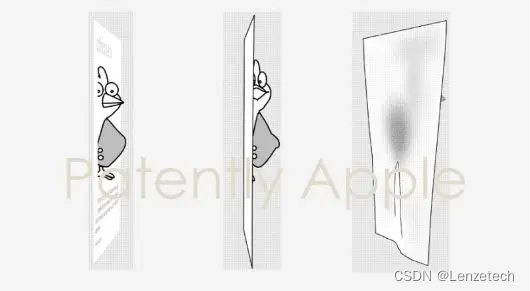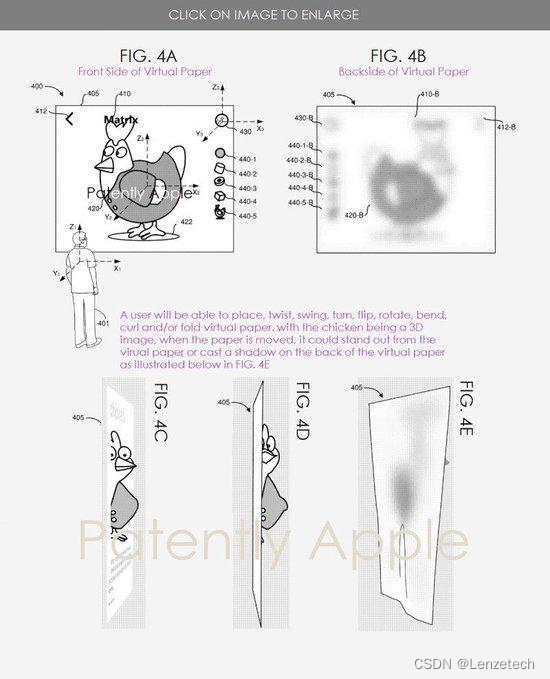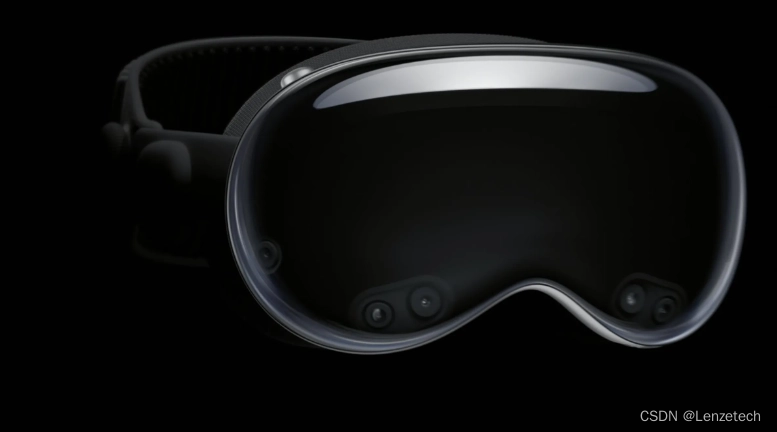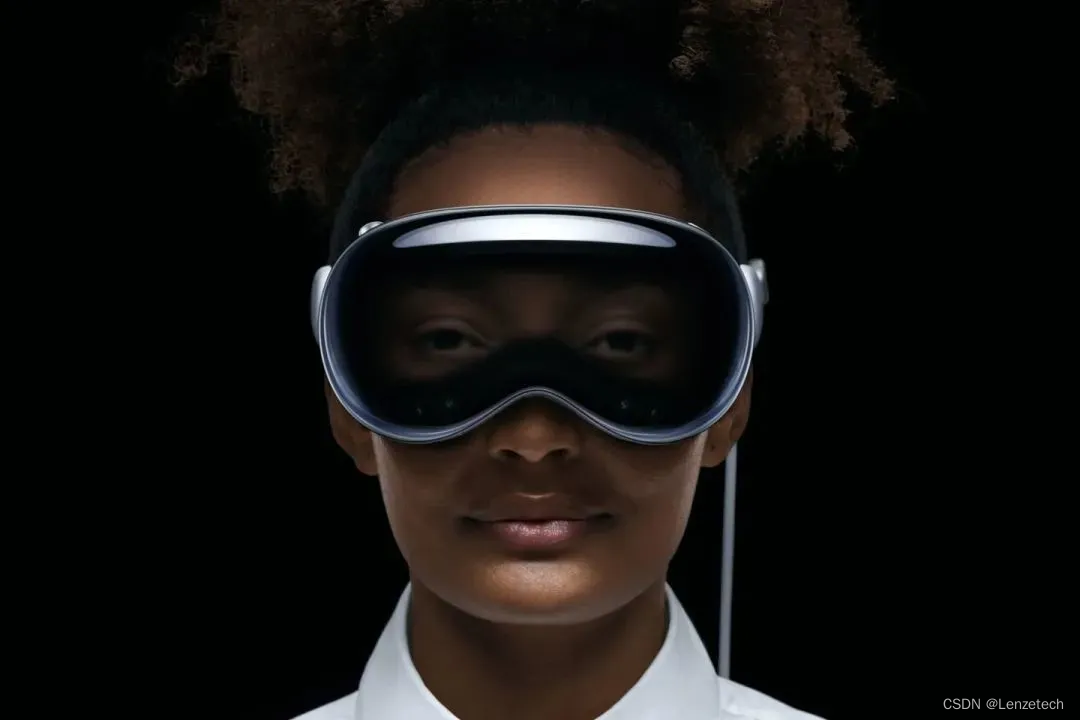Recently, the U.S. Patent and Trademark Office officially granted Apple a patent related to virtual paper. This is the second patent related to the invention of virtual paper. Since Apple’s Vision Pro will be launched next year, we are one step closer to Apple’s invention of virtual paper.

The virtual paper will be able to contain MR content such as 2D, 3D and animation, where the image may be constantly moving depending on the specific state it is in. The virtual paper will be able to be crumpled, flipped, folded and bent, while maintaining graphic integrity in different positions as the virtual paper changes angle and perspective. This could lead to the next generation of books and magazines, where content can be animated on the page, providing a completely new experience for stories or advertising.

Apple's patent illustrates future applications of virtual paper, such as Apple Maps, Apple Music and other travel-related applications as well as books, magazines, advertisements, etc.

At WWDC23, Apple officially announced that the head-mounted display product is called "Apple Vision Pro", runs a new operating system "visionOS", and is equipped with M2 and new R1 chips.

In terms of design, Vision Pro looks like ski goggles or diving goggles. Its outer frame is made of aluminum alloy and contains sensors, cameras, displays and computing components cooled by fans. The headband and headphone mask are made of pure fabric and can be bent to fit a variety of face and head shapes. In terms of lenses, Apple cooperated with Zeiss to customize and produce prescription lenses that can be magnetically attached to the display, making it easier for myopic people to use the headset. As for the screen, it is equipped with two 4K micro OLED screens with a total of 23 million pixels. Each eye is allocated more pixels than a 4K TV.
Apple has designed a unique dual-chip design for Vision Pro. The main chip is the familiar M2, which is responsible for visual algorithms and image information processing, giving Vision Pro a smoother experience. At the same time, in order to process information from 12 cameras, 5 sensors, and 6 microphones, Apple also brought a new R1 chip, which allows images to be synchronized to the Vision Pro screen within 12 milliseconds, with almost no delay. It's like everything is happening in front of you.
Lenz Technology has independently developed wireless radio frequency and low-power Bluetooth BLE5.2 chips and has global intellectual property rights. It provides "software and hardware commonality" solutions and core of Bluetooth master fully integrated chips for the AIoT field and individual consumers. Devices, supporting the customized development of a comprehensive APP software platform. The designed Bluetooth chip solution is used in scenarios such as smart wearable devices, Bluetooth indoor navigation, smart home, medical health, sports and fitness, data transmission, remote control, personal peripherals and AIoT Internet of Things.